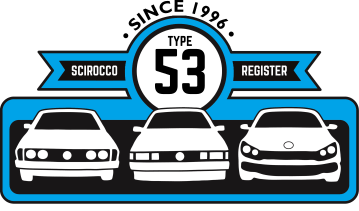...and it's me! I haven't put this theory to the test yet as I've only just worked it out and it's p***ing down outside, but apologies to all those who've made many useful suggestions while I've probably been barking up the wrong tree the whole time.
Had been thinking about my problem a lot and re-reading something that ChrisPears said...
I had the same sort of problem but it was because the linkage between the pedal to the bar crossing the engine bay was badly adjusted...4mm out of spec
...led me to do some further research, as I wasn't confident I fully understood how the master cylinder works and it turns out that lack of confidence was justified!
The following article explains very clearly how master cylinders work and what can go wrong with them:
http://www.tegger.com/hondafaq/mastercy ... works.html
Specifically:
The intake/return ports are less than a millimeter in diameter, and the seal lips sit immediately behind them, so it doesn't take much of a misadjustment to close off the ports, even partially.
Too little clearance here may cause the brakes to lock on slowly as you drive.
And thus the light dawned! When I changed my rear drums and cylinders some weeks before the discs, I followed Brunty's invaluable advice at:
http://www.sciroccouk.co.uk/forum/viewt ... f=12&t=449
Having rather too much slack at the pedal and reading...
The braking cross linkage under the bonnet. The pull rod has threaded ends, one of which is a reverse thread. It has a 13mm locking nut at either end. Slacken both locking nuts, you will probably need to lock the rod with locking pliers to stop it from spinning. As this rod pulls, to reduce the action it needs to be shortened. Screw it in until the rod cannot be pushed by hand and tighten the lock nuts.
...I gave it a go but suspect I overdid it, even though I only turned the rod by hand (well, fingertips actually) and have taken up too much slack, resulting in the pushrod in the master cylinder being partly actuated even at rest, leading to partially blocked ports, in turn leading to the symptons described in the 'how it works' link:
When you brake, the fluid heats up, both from the act of compression, and from heat generated by the friction surfaces. This causes the fluid to expand, so the volume of fluid after braking is larger than it was before braking. The excess volume is vented through the intake/return ports when they reopen, allowing the wheel pistons to move back home and release pressure on the discs/drums.
If the pushrod is misadjusted too tightly, and never allows the seals to move rearwards enough to uncover the return ports properly, your brakes will slowly lock on more each time you brake, eventually bringing the car to a stop. Allowing the fluid to cool (and thus contract) will release the brakes, so you can continue to drive until they lock up again.
I'm hoping it's going to stop raining soon, I'm itching to get out there and put my theory to the test, though I'm not sure quite what the 'correct' adjustment is, since the clearance is not specified in Haynes either at the m/c or the pedal.

